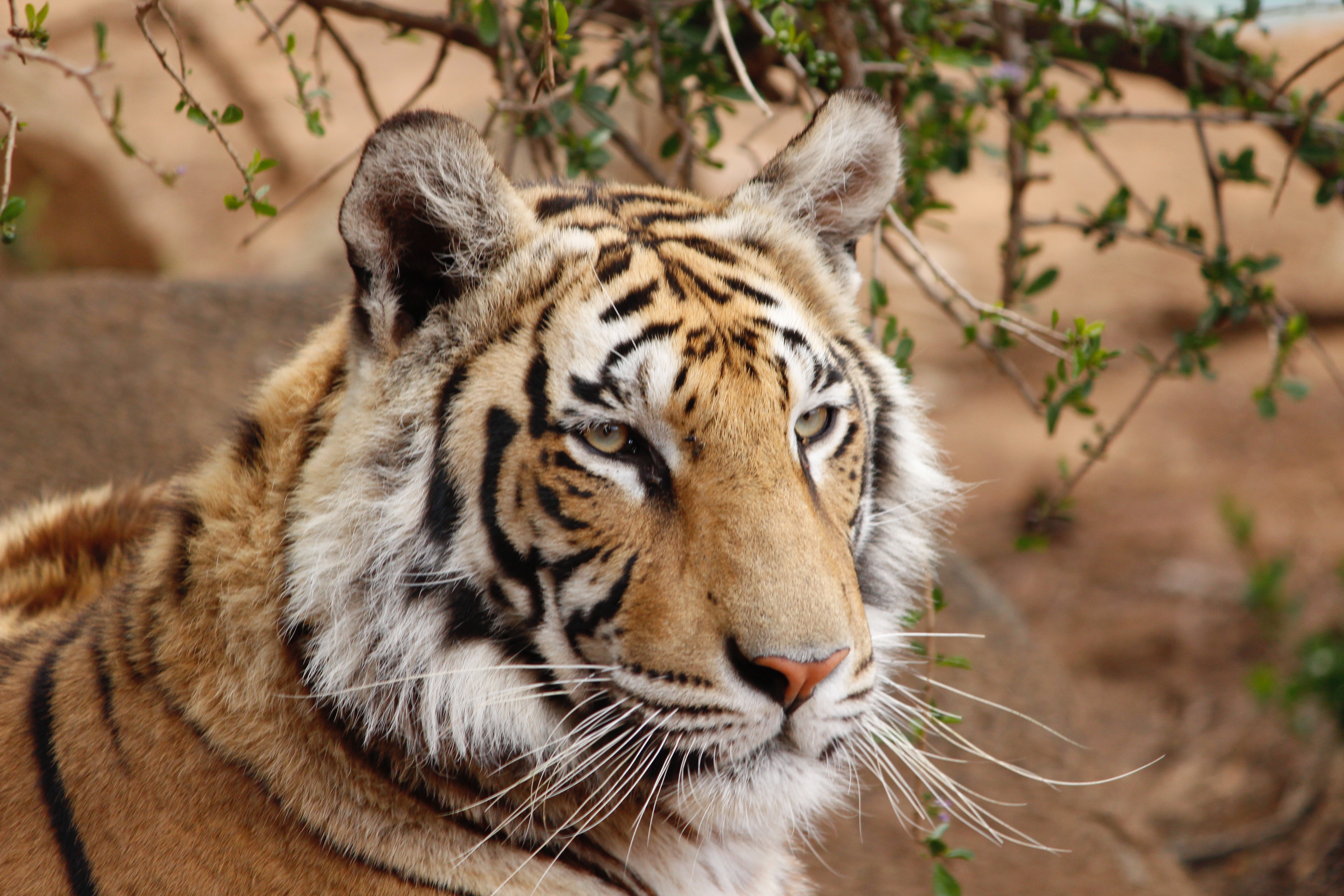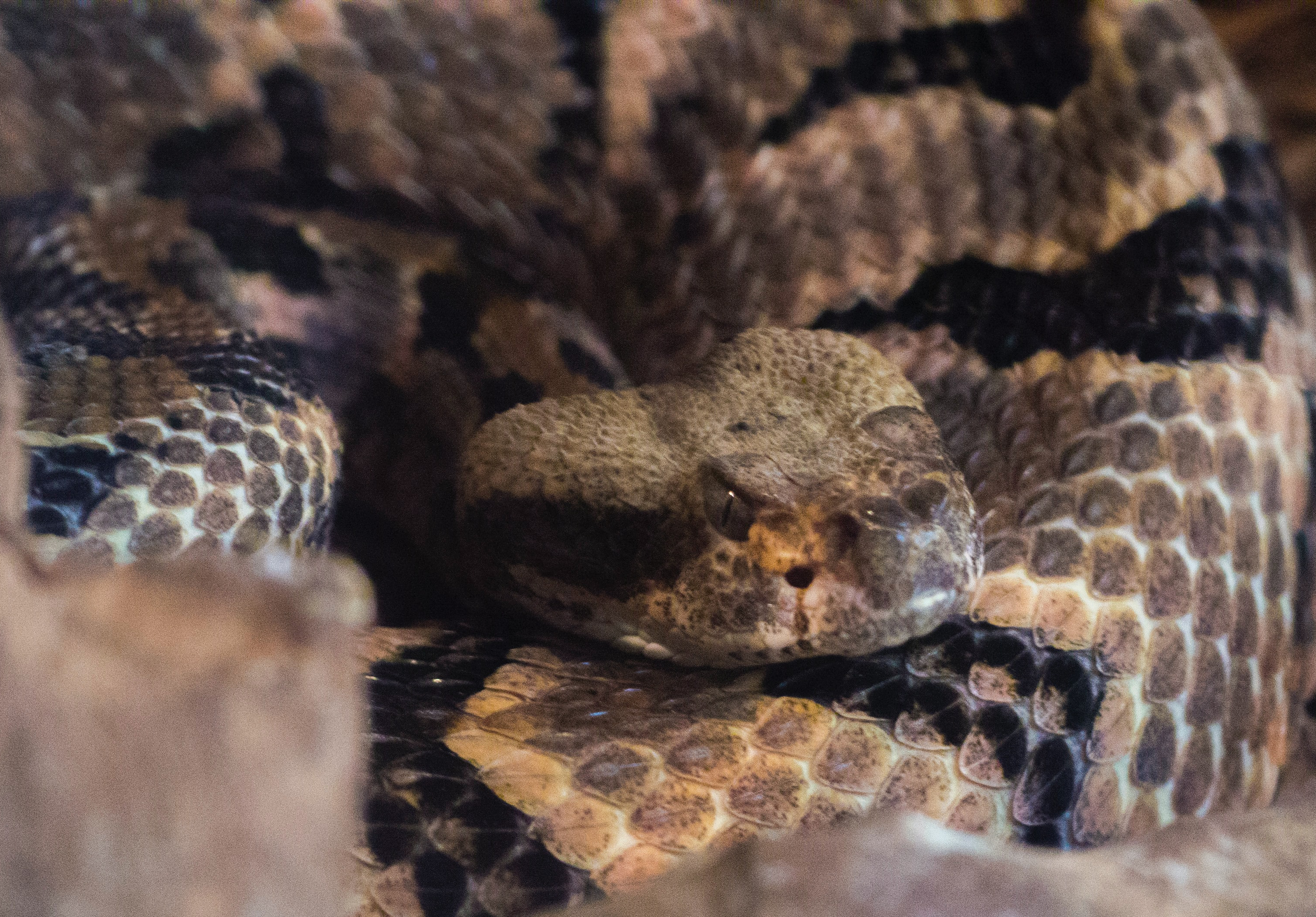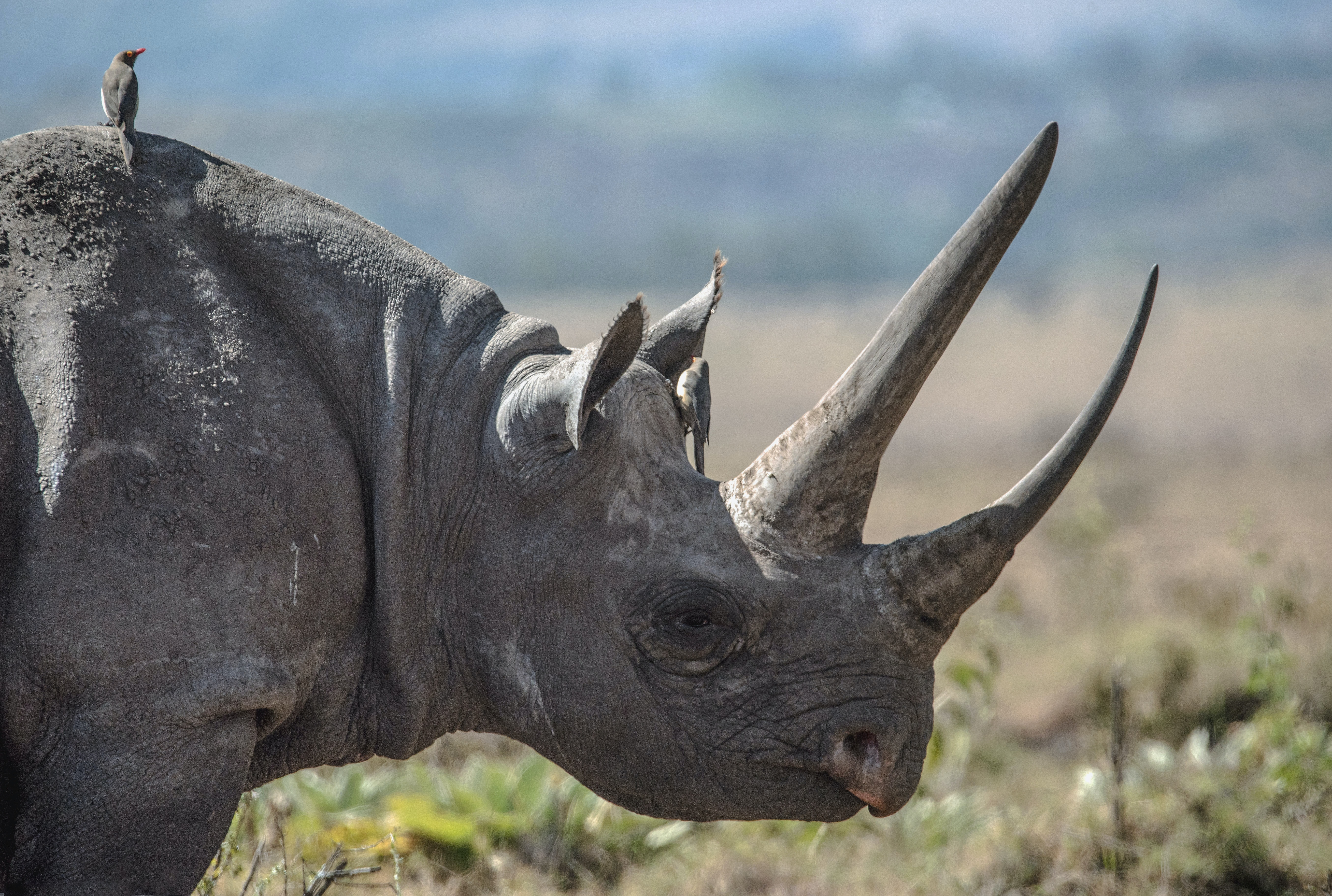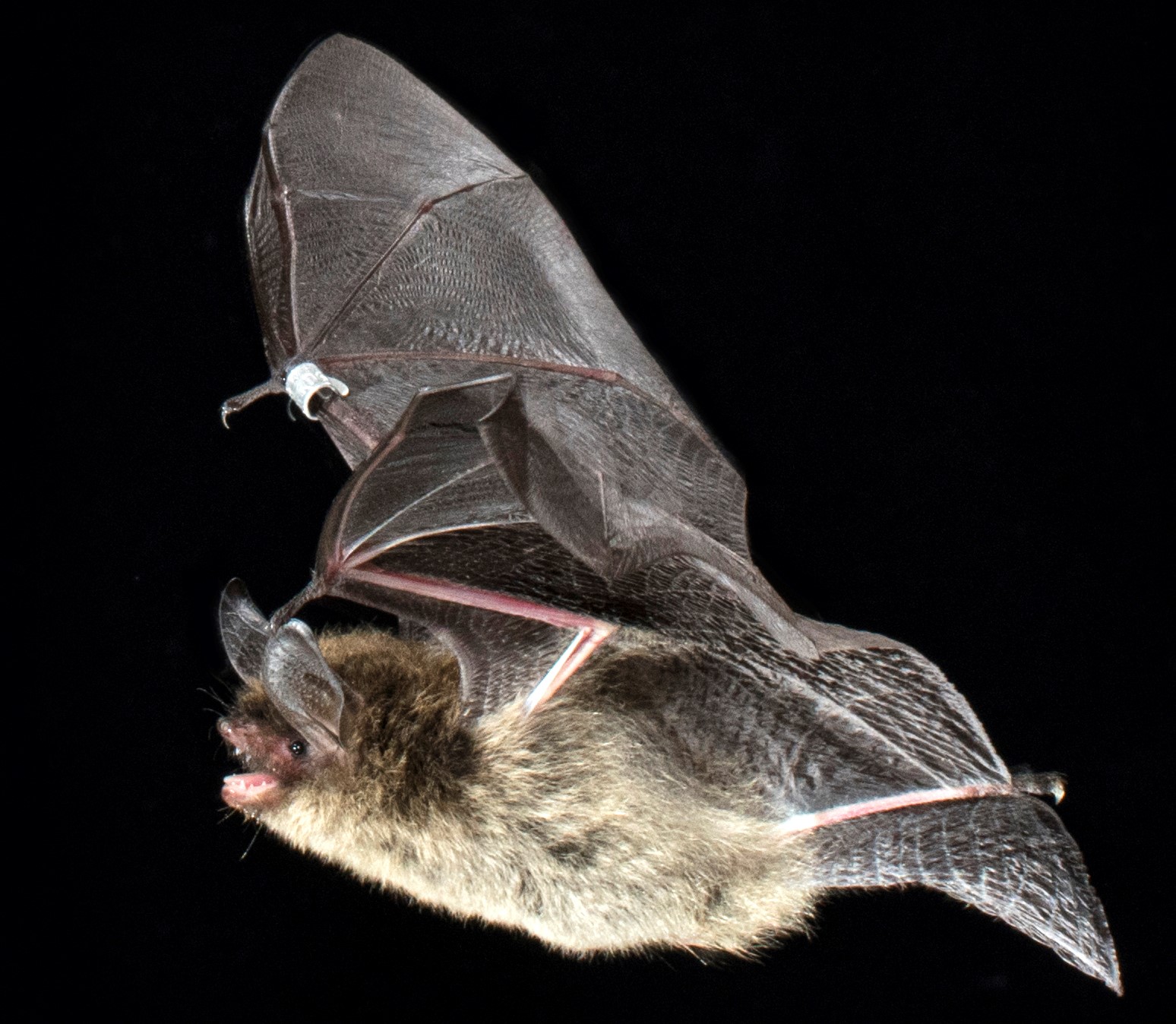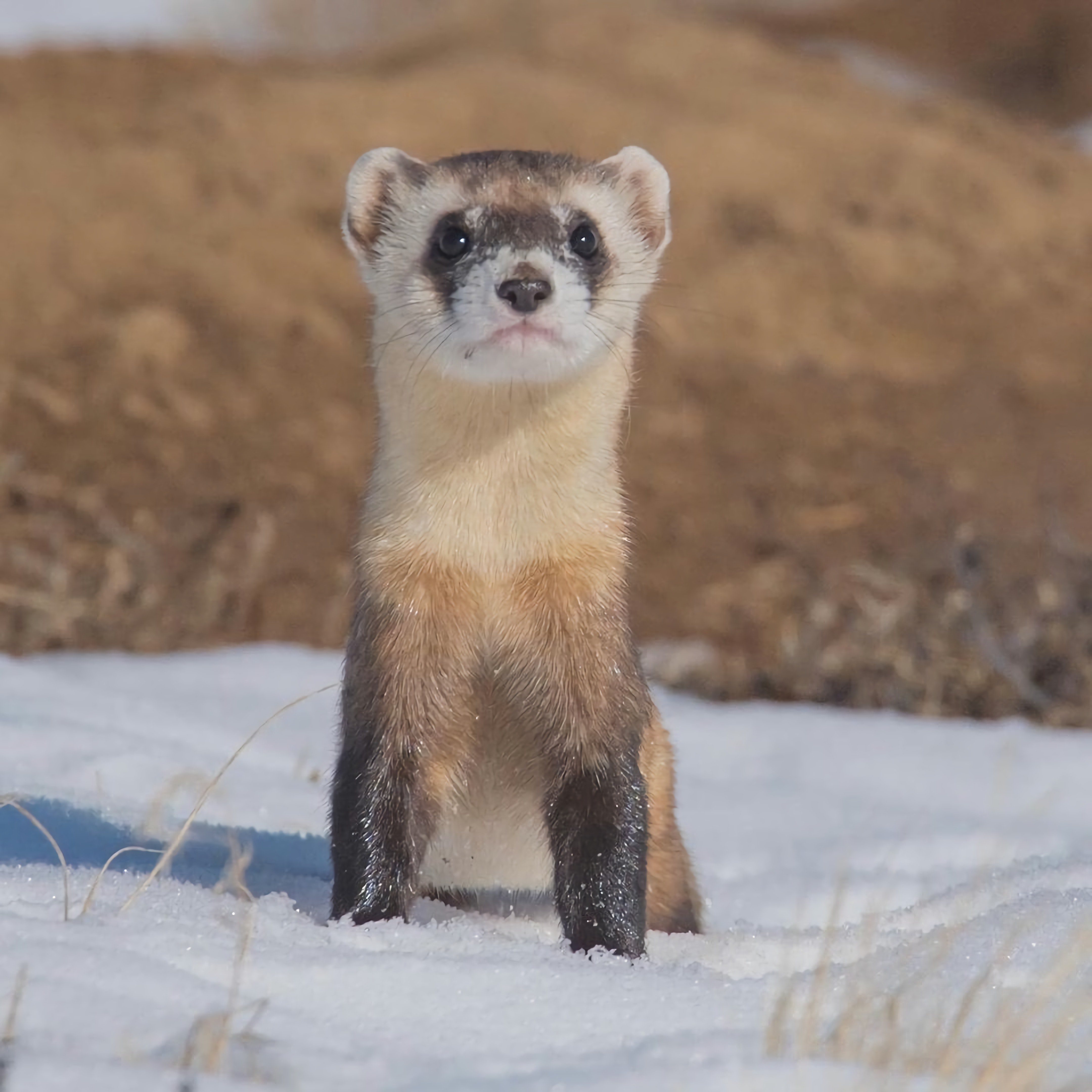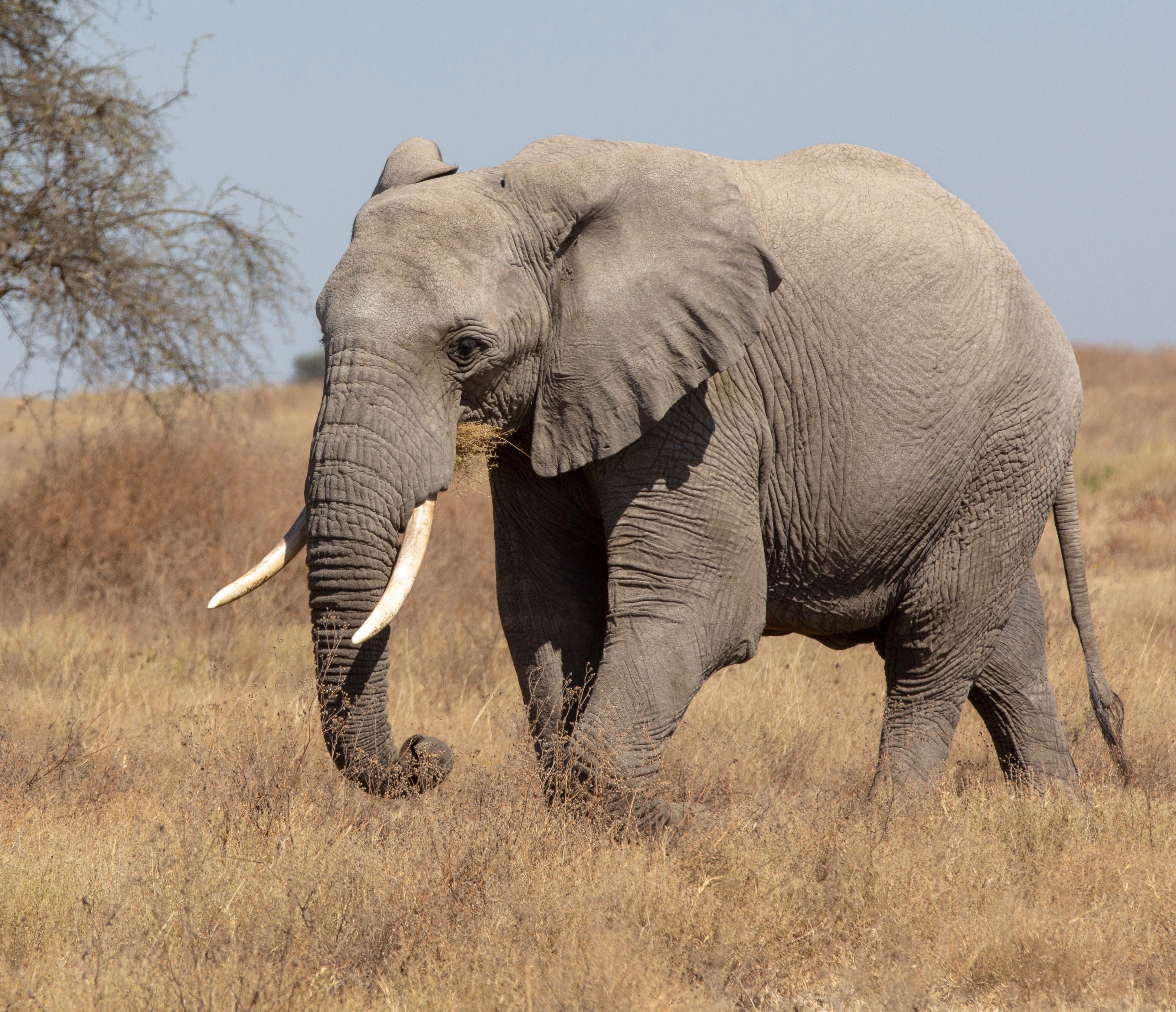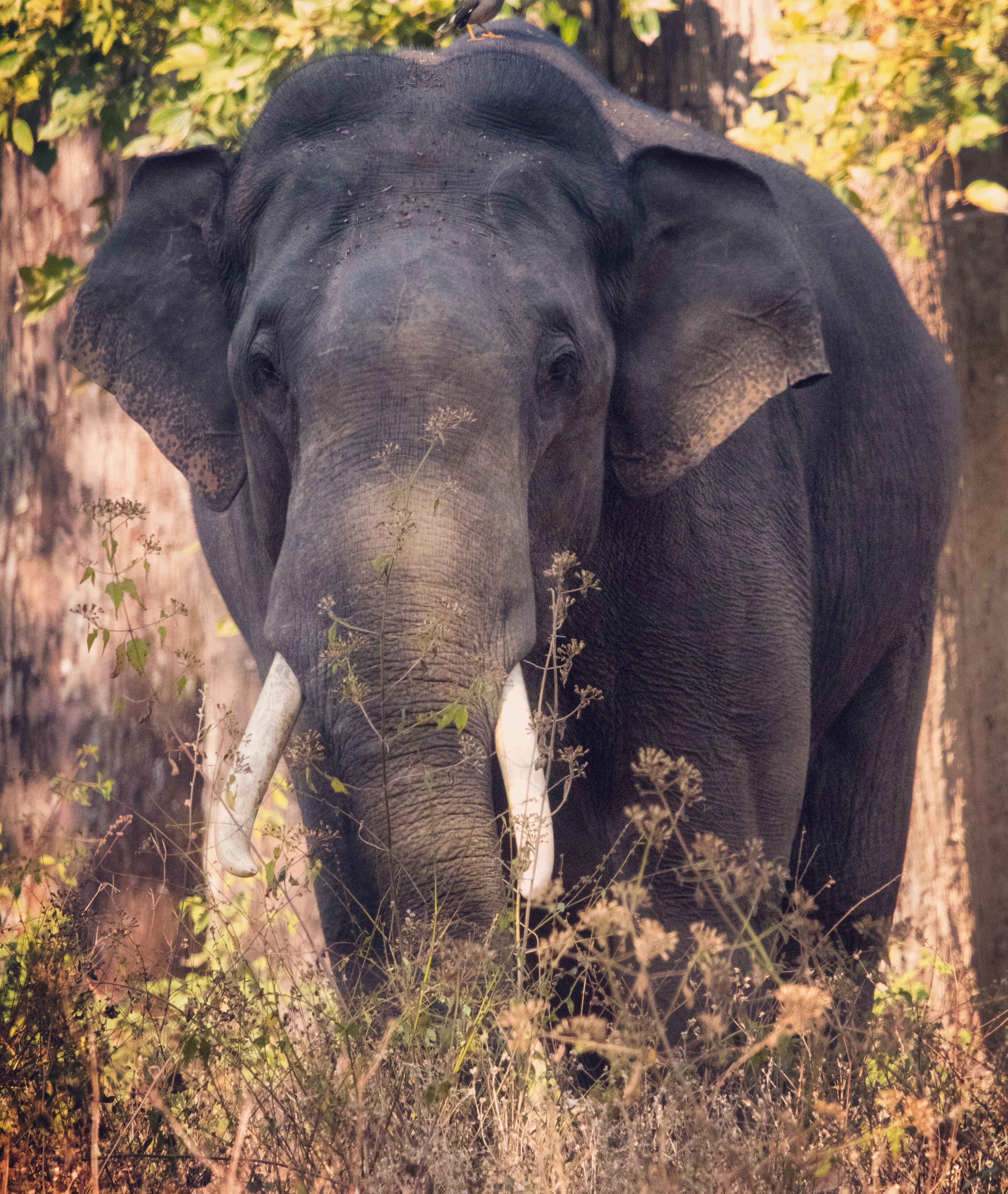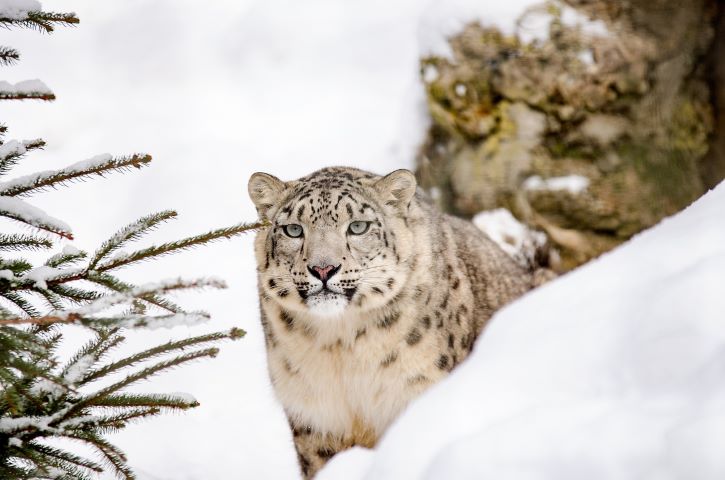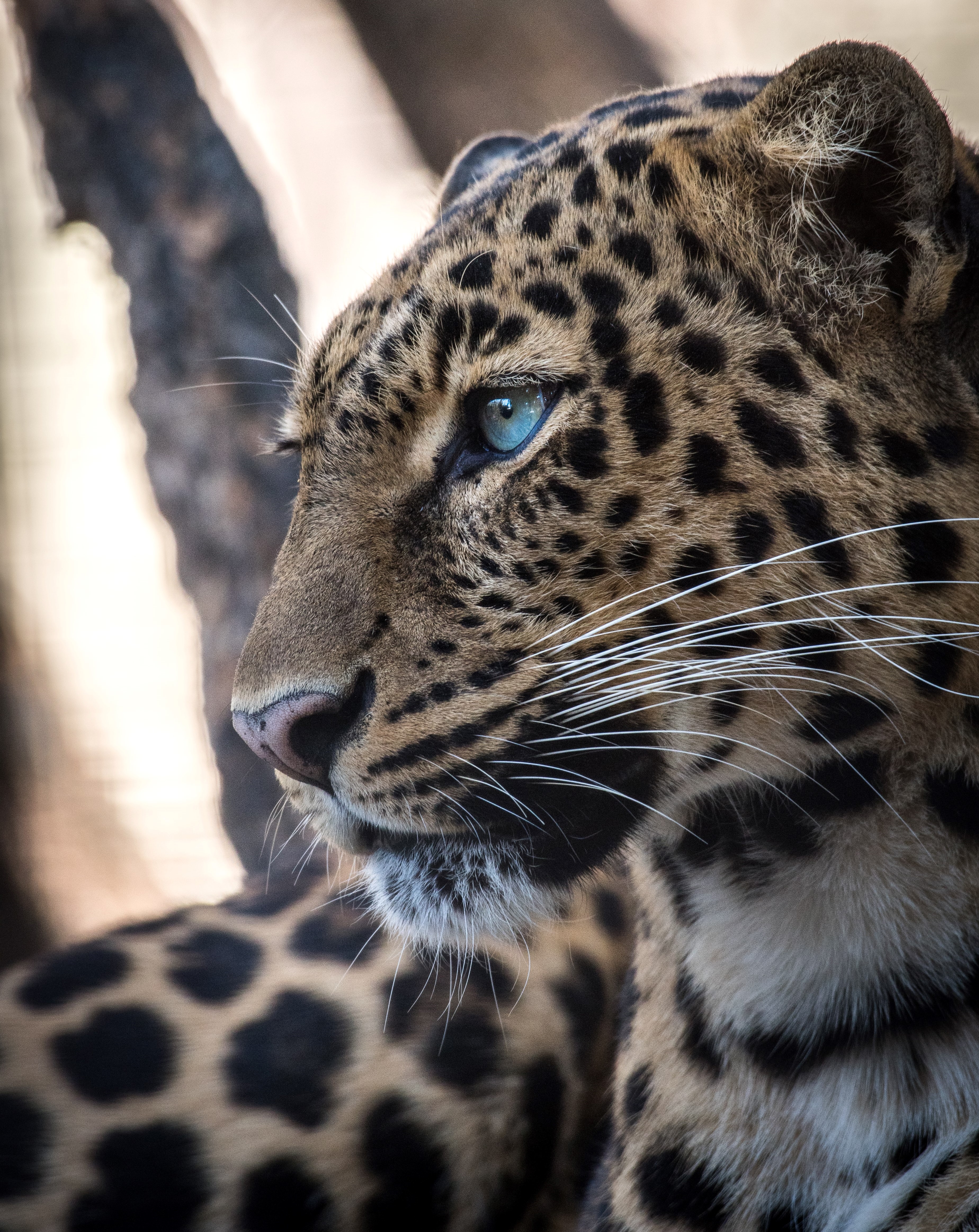The Cornell Wildlife Health Center Celebrates Endangered Species Day
The third Friday of May is Endangered Species Day. Primarily as a result of human activities, our planet’s biodiversity is shrinking at an unprecedented rate. There are currently 134,400 species of animals, plants, and fungi on the International Union for Conservation of Nature (IUCN) Red List, the world's most comprehensive inventory of the global conservation status of biological species. Of those 134,400 species, more than 37,400 are threatened with extinction. This article features some of the ways that the Cornell Wildlife Health Center contributes towards the conservation of endangered and threatened species around the world.
Many species are increasingly threatened by human activities, including some right in our backyard here in New York. The Cornell Wildlife Health Center is proud to support a diverse range of species and ecosystems through our work.
The Cornell Wildlife Health Center’s Dr. Martin Gilbert works with endangered Amur tigers (Panthera tigris altaica), a subspecies of tiger native to the Russian Far East, with fewer than 550 individuals left in the wild. Tiger populations have become increasingly vulnerable to local extinctions caused by infectious diseases like canine distemper virus (CDV). Dr. Gilbert’s research has shown that vaccinating tigers for CDV can play a key role in improving conservation outcomes for small, isolated tiger populations at risk of extinction. Dr. Gilbert is now expanding his work to pioneer investigations on the threat of CDV to tropical-range tigers in India, Nepal, Indonesia, and Thailand.
The timber rattlesnake (Crotalus horridus) is a venomous pit viper native to eastern North America. This snake is subject to population declines throughout its range and is classified as endangered in seven U.S. states and threatened in five, including New York. Clinicians at the Janet L. Swanson Wildlife Hospital and Cornell Wildlife Health Lab work with the New York State Department of Environmental Conservation to track the movement of timber rattlesnakes. Snake fungal disease, caused by the fungus Ophidiomyces ophiodiicola, is an emerging infectious threat to wild snakes in the eastern United States, including timber rattlesnakes.
The black rhinoceros (Diceros bicornis), native to eastern and southern Africa, is classified as critically endangered by the IUCN. In 1900, at least 100,000 black rhinos are believed to have lived in Africa; in 2004, only 2,410 black rhinos remained in the wild. Poaching is the primary threat to their survival, but habitat destruction and civil war also contribute. Due to conservation efforts, the population of black rhinos has been slowly increasing, consisting of an estimated 5,500 individuals in 2019. Relocation of black rhinos is sometimes required to move them away from poaching hotspots and to maintain genetic diversity. A team led by the Cornell Wildlife Health Center’s Dr. Robin Radcliffe recently found that airlifting immobilized black rhinos upside down for transport is better for rhino health than lying them down on their side.
Cornell is working in Indonesia to mitigate disease threats to the sole remaining population of Javan rhinos (approximately 60 animals) in Ujung Kulon National Park, Java. Local domesticated water buffalo carry dangerous blood parasites and a range of other potential pathogens, which may pose a threat to these critically endangered rhinos. We are also working with our local partners to facilitate research and help train the next generation ready to lead Indonesian rhino conservation at this critical juncture.
The northern long-eared bat (Myotis septentrionalis) is listed as Threatened under the Endangered Species Act. Its population has been decimated by white-nose syndrome (WNS), a fungal disease caused by Pseudogymnoascus destructans, which grows on the nose, wings, and ears of hibernating bats. WNS has a mortality rate of 90-100% and has killed over six million bats since 2006. In its northern range, the population of the northern long-eared bat has declined by 99%. There is currently no treatment for bat colonies affected by WNS. The Cornell Wildlife Health Lab participates in the diagnosis of WNS and conducts research into potential prevention and treatment strategies.
The black-footed ferret (Mustela nigripes) was once distributed throughout the United States, but due to infectious disease, habitat destruction, and population decline in their prey (the prairie dog), the black-footed ferret was declared extinct in 1979. In 1981, a small wild population was discovered and brought into captivity. The black-footed ferret captive breeding program has since yielded self-sustaining wild populations within the United States. However, wild black-footed ferrets continue to be threatened by infectious disease, including sylvatic plague. Working in collaboration with the Cheyenne River Sioux Reservation in South Dakota, Cornell researchers, including Drs. Krysten Schuler and Rachel Abbott, investigated the prevalence of pathogens which may threaten black-footed ferrets. Continued research in this area could improve the success of the black-footed ferret conservation program.
The African savanna elephant (Loxodonta Africana) was recently listed as endangered by the IUCN after assessments showed their population had declined by 60% over the last 50 years due to habitat loss and poaching. The Cornell Wildlife Health Center is working to help secure southern Africa’s 200,000 square mile Kavango Zambezi Transfrontier Conservation Area, home to the largest remaining elephant population in the world (approximately 250,000 savanna elephants). Our goal is to help ensure the long-term survival of the region’s magnificent wildlife by re-establishing critical migration corridors and promoting a diversified economy benefiting from both wildlife and livestock.
The Asian elephant (Elephas maximus) is threatened by habitat loss and fragmentation, poaching, and loss of genetic diversity as numbers decline. Cornell’s Zoological Medicine veterinarians provide healthcare for animals at the Rosamond Gifford Zoo in Syracuse, New York, one of only 30 zoos accredited by the Association of Zoos and Aquariums to house Asian elephants. Recently, Cornell veterinarians diagnosed two cases of elephant endotheliotropic herpesvirus (EEHV), which threatens Asian elephants in the wild and in captivity. Researchers believe that most Asian elephants are exposed to EEHV shortly after birth, and then, like most herpesviruses, EEHV remains latent throughout the life of the animal. The virus can reactivate and cause acute hemorrhagic disease that is often fatal, particularly in young elephants.
The eastern hellbender salamander (Cryptobranchus alleganiensis alleganiensis) is the only aquatic giant salamander species in North America. The hellbender is listed as Near Threatened by the IUCN. Human activities contributing to their decline include habitat fragmentation due to dams and development, pollution, disease, and overharvesting for the pet trade. Hellbender populations have declined by 40% in New York over the past decade. Chytridiomycosis, an infectious disease caused by the chytrid fungi Batrachochytridum spp., has also impacted populations. The Cornell Wildlife Health Lab works to improve the success of captive rear-and-release programs, advises on release strategies, and conducts health assessments. Veterinary students also have the opportunity to participate in these activities alongside Cornell veterinarians.
Threatened wildlife species such as the snow leopard, Siberian ibex, argali sheep, and markhor live within the Pamir Mountains of Tajikistan and Kyrgyzstan, alongside livestock herding communities. This fragile ecosystem is increasingly at risk from unsustainable numbers of livestock, causing environmental degradation and posing the threat of disease spread that can impact the animals and people that all depend on each other for survival in this region. The Cornell Wildlife Health Center is working with these communities to improve livestock health and productivity, while reducing their environmental footprint to create more space for threatened wildlife in the region to flourish and contribute to community well-being.
The jaguar (Panthera onca) is threatened by habitat loss and fragmentation throughout its range, as well as poaching. As habitat shrinks, the risk of domestic animal-wildlife conflict increases, and jaguars may be killed by farmers to protect their livestock. Preservation of wildlife corridors is increasingly important for species experiencing habitat fragmentation. At the Belize Zoo, jaguars that have attacked livestock are brought into captivity and given safe housing. Cornell veterinarians help provide specialized veterinary care to jaguars and other native big cats at the Belize Zoo.
Written by Isabel Jimenez & Helen Lee

